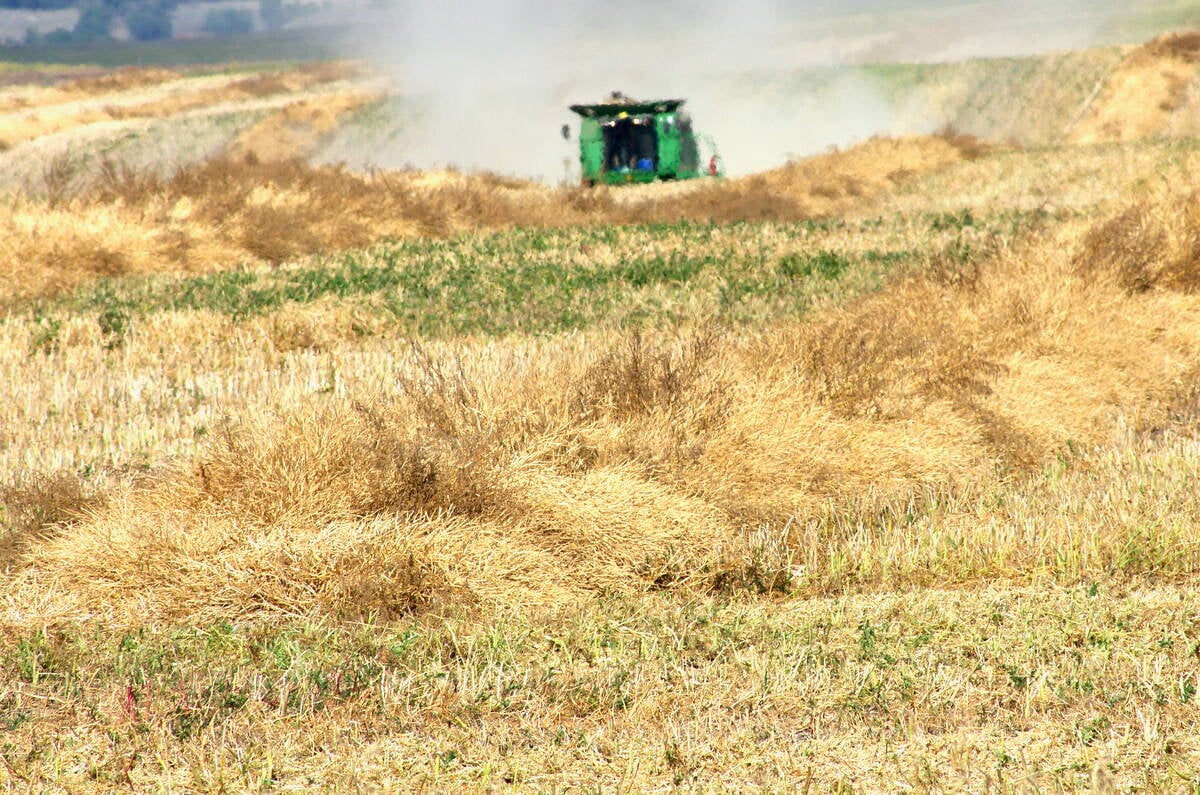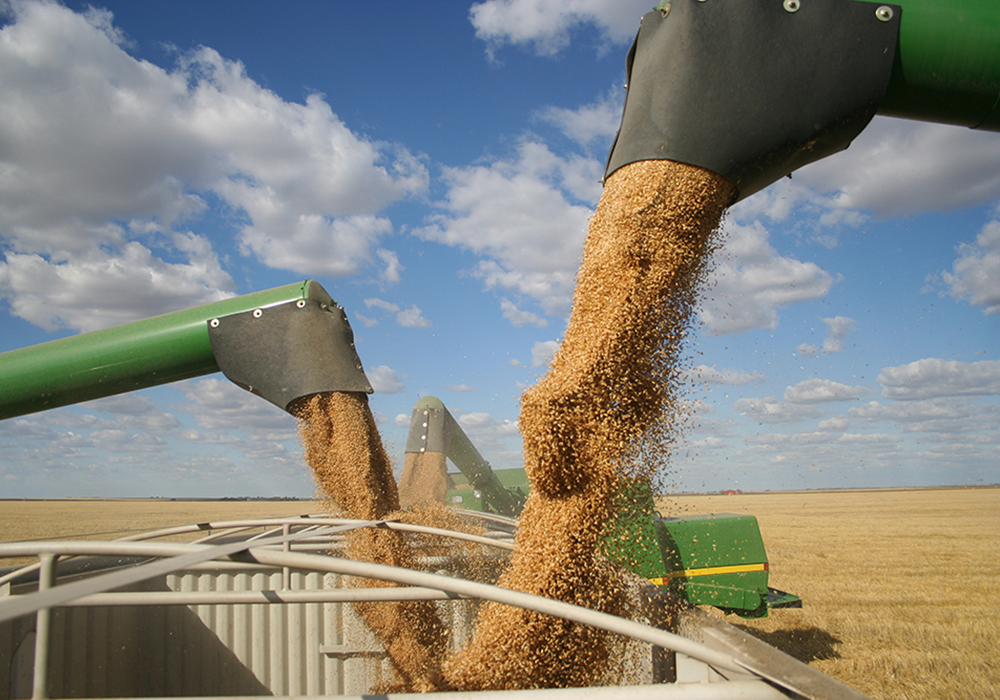A business publication controlled by the Chinese Communist Party is suggesting that China should wean itself off of Canadian wheat in favour of Russian wheat.
Yicai reported on a study by China Agriculture University stating that, while Canada has low wheat prices and good quality, importing Canadian wheat poses a high risk because “Canada’s affairs are greatly influenced by the United States.”
China has become Canada’s top wheat market in recent years.
Read Also

Manitoba searches for Plan B on canola oil exports
A new report explores Manitoba’s current canola oil trade and possible alternative markets to the U.S.
The Yicai article noted that 90 percent of China’s wheat imports come from Canada, Australia, the United States, France and Kazakhstan, while less than one percent comes from Russia.
The China Agriculture University study deemed that mix of suppliers to be “unreasonable and undiversified,” according to a Dim Sums summary of the article.
The story suggests that China should start importing more wheat from Russia and Ukraine at the expense of traditional suppliers.
Dim Sums said it believes the article is the work of China’s food security propagandists who are touting a recent wheat trade deal between China and Russia.
“The kooky idea of reducing risk by importing from countries at war and under international sanctions follows up a year of pronouncements that China can magically reduce its reliance on imported soybeans and corn by recommending use of other ingredients that are also imported and yet another campaign to increase soybean self-sufficiency,” said the anonymous author of the blog.
“China’s propaganda appears to have sunk into Orwellian absurdity to support the ambitions of a leader desperate to solidify his own power.”
FarmLink Marketing Solutions analyst Neil Townsend agrees that the Yicai article is “ridiculous.”
“It’s just politically motivated rhetoric that’s a bunch of nonsense,” he said.
Townsend thinks Russia is capable of shipping China’s desired quality of milling wheat but that would mean top-notch Russian wheat wouldn’t go to markets like Nigeria, Peru and Mexico.
“We would just backfill that and get that business, which in some ways comes with less political risk than what goes on in China,” he said.
But he doesn’t believe that will happen.
“The export apparatus from Russia is not pointed in the direction of China by land right now. It’s pointed to the Black Sea,” said Townsend.
He also thinks there would be pushback from Chinese millers who have been working closely with groups like the Canadian International Grains Institute for decades.
“The Russians probably have something like that but it’s not as mature as the Canadian or American system for hand-holding you through the usage of our product,” he said.
There is no doubt China is eager to diversify its list of suppliers. In February, Russia and China announced they had signed a phytosanitary agreement allowing imports of wheat from all regions of Russia.
However, there are numerous stipulations to the agreement, including that the regions must be free of the TCK smut fungus.
China imported 9.77 million tonnes of wheat in 2021 and eight million tonnes in 2020, totals both well above the previous 10-year average of about three million tonnes.
It looks as though there could be another robust import program in 2022 based on official reports that China’s winter wheat crop could be the worst in history.
The Yicai article stated that between China’s production and reserves, the country only needs to import three to four million tonnes annually to fill gaps in classes of high-quality wheat.
An agriculture ministry expert said China is reducing its need for imported wheat through a “supply side structural reform” program.
“The expert offered no explanation for the surge in imports during 2020 and 2021,” stated Dim Sums.
Contact sean.pratt@producer.com
















